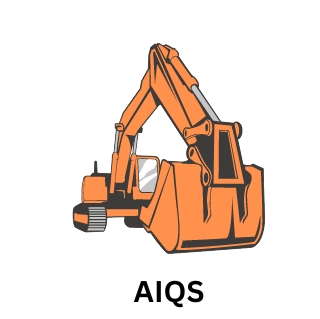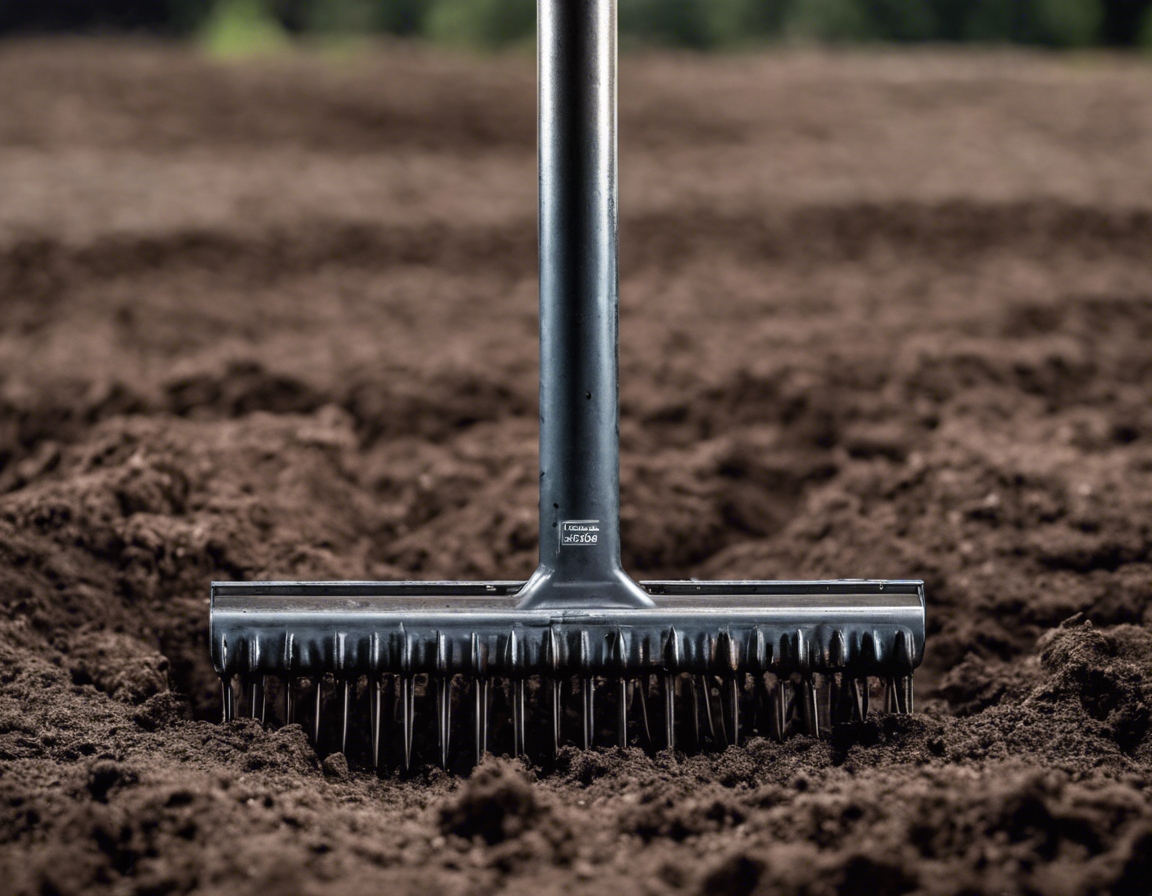The art of guillotine work in modern infrastructure
Guillotine work, named after the infamous French execution device, refers to the process of cutting materials using a blade that drops vertically down onto the material. Historically, guillotines were used for cutting paper and metal, but today, they have evolved into sophisticated machines capable of slicing through various materials used in construction and infrastructure projects.
In modern infrastructure, guillotine work is crucial for precise cutting and demolition tasks. It allows for clean, straight cuts that are essential for the integrity of various construction elements. From cutting pipes to dismantling concrete, the guillotine's precision ensures that projects meet the high standards required in today's construction industry.
The Mechanics of Guillotine Shears
Guillotine shears consist of a fixed bed, upon which the material is placed, and a moving blade that comes down to perform the cut. The design is simple yet highly effective, allowing for the cutting of materials with minimal waste and deformation.
With the advent of new materials and construction techniques, guillotine shears have undergone significant advancements. Modern guillotines are equipped with hydraulic or pneumatic systems that provide greater control over the cutting process, and they often include digital measuring systems for enhanced precision.
Applications of Guillotine Work in Infrastructure
One of the primary applications of guillotine work in infrastructure is in pipe cutting and installation. Guillotine shears can make quick, clean cuts in pipes, which is essential for maintaining the integrity of water and sewage systems.
Guillotine shears are also used in the demolition of concrete and asphalt, providing a method that is less labor-intensive and more precise than traditional methods. This application is particularly important for urban renewal projects and road construction.
In the realm of steelwork and metal fabrication, guillotine shears play a vital role. They are used to cut metal components to size with high precision, which is critical for the structural integrity of buildings and other infrastructure.
Benefits of Guillotine Work for Modern Projects
The efficiency and precision of guillotine work make it an indispensable part of modern infrastructure projects. It allows for faster completion times and ensures that components fit together perfectly, reducing the need for additional adjustments.
By reducing material waste and saving on labor costs, guillotine work is a cost-effective solution for many construction tasks. The initial investment in a guillotine shear is often quickly recouped through the savings it generates.
Guillotine work contributes to sustainability in construction by minimizing waste and reducing the carbon footprint associated with material processing. The precision cutting reduces the need for excess materials, and the efficiency of the process means less energy consumption.
Challenges and Considerations
While guillotine shears are powerful tools, they also pose safety risks. It is essential to implement strict safety measures, including guards, emergency stops, and proper training for operators to prevent accidents.
Operating a guillotine shear requires specific skills and knowledge. Workers must be trained not only in the use of the machine but also in the best practices for handling materials and maintaining the equipment.
Compliance with local and international regulations is a critical consideration for any construction project. Guillotine work must adhere to safety standards and environmental regulations to ensure that projects are not only effective but also legally compliant.
Technological Integration and Automation
The integration of software and digital solutions into guillotine work has revolutionized the process. These technologies allow for greater precision and control, and they enable the automation of repetitive tasks, further increasing efficiency.
As the construction industry continues to evolve, so too will the techniques and technologies associated with guillotine work. Future trends may include the increased use of robotics, AI, and machine learning to further enhance the capabilities and applications of guillotine shears in modern infrastructure.






Comments (0)